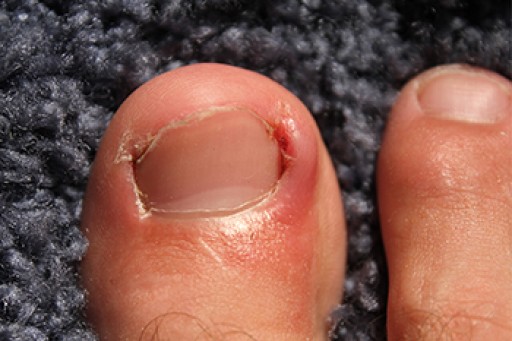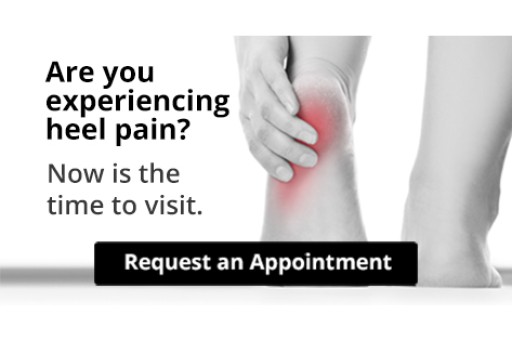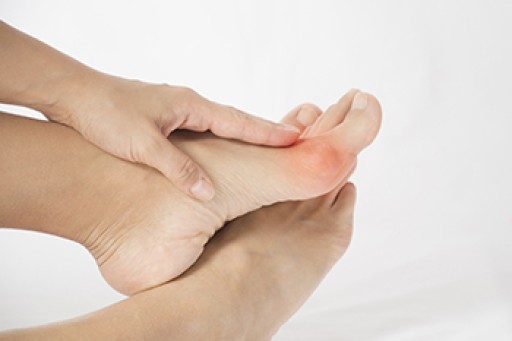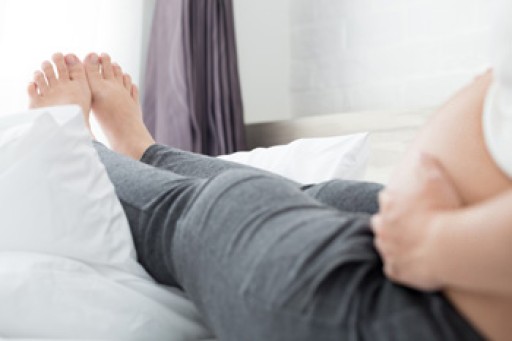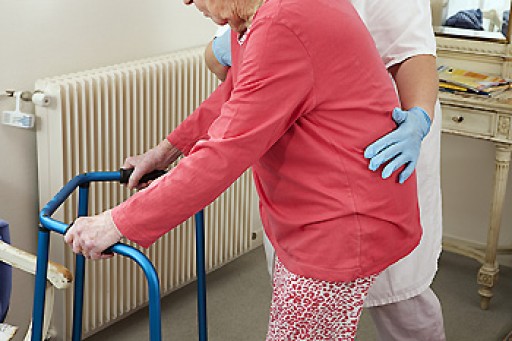
Ingrown toenails can develop in an individual when the side of their toenail grows into the skin. As a result, the point at which the nail and skin meet can become inflamed and irritated. An individual with ingrown toenails can experience some kind of discomfort or pain. Runners may be particularly susceptible to developing ingrown toenails. This is explained by the fact that running puts a particular amount of repetitive pressure on the nails in the shoe. This pressure can then ultimately press the side of the nail into the skin and put an individual at risk of developing an ingrown toenail. Although ingrown toenails are certainly not the most serious condition of the feet, they can cause discomfort. If you are a runner and are concerned about developing an ingrown toenail, contact a podiatrist today.
Ingrown toenails can become painful if they are not treated properly. For more information about ingrown toenails, contact one of our podiatrists of Foot Health Center of Merrimack Valley. Our doctors can provide the care you need to keep you pain-free and on your feet.
Ingrown Toenails
Ingrown toenails occur when a toenail grows sideways into the bed of the nail, causing pain, swelling, and possibly infection.
Causes
- Bacterial infections
- Improper nail cutting such as cutting it too short or not straight across
- Trauma to the toe, such as stubbing, which causes the nail to grow back irregularly
- Ill-fitting shoes that bunch the toes too close together
- Genetic predisposition
Prevention
Because ingrown toenails are not something found outside of shoe-wearing cultures, going barefoot as often as possible will decrease the likeliness of developing ingrown toenails. Wearing proper fitting shoes and using proper cutting techniques will also help decrease your risk of developing ingrown toenails.
Treatment
Ingrown toenails are a very treatable foot condition. In minor cases, soaking the affected area in salt or antibacterial soaps will not only help with the ingrown nail itself, but also help prevent any infections from occurring. In more severe cases, surgery is an option. In either case, speaking to your podiatrist about this condition will help you get a better understanding of specific treatment options that are right for you.
If you have any questions please feel free to contact one of our offices located in North Andover, and Tewksbury, MA . We offer the newest diagnostic and treatment technologies for all your foot and ankle needs.

